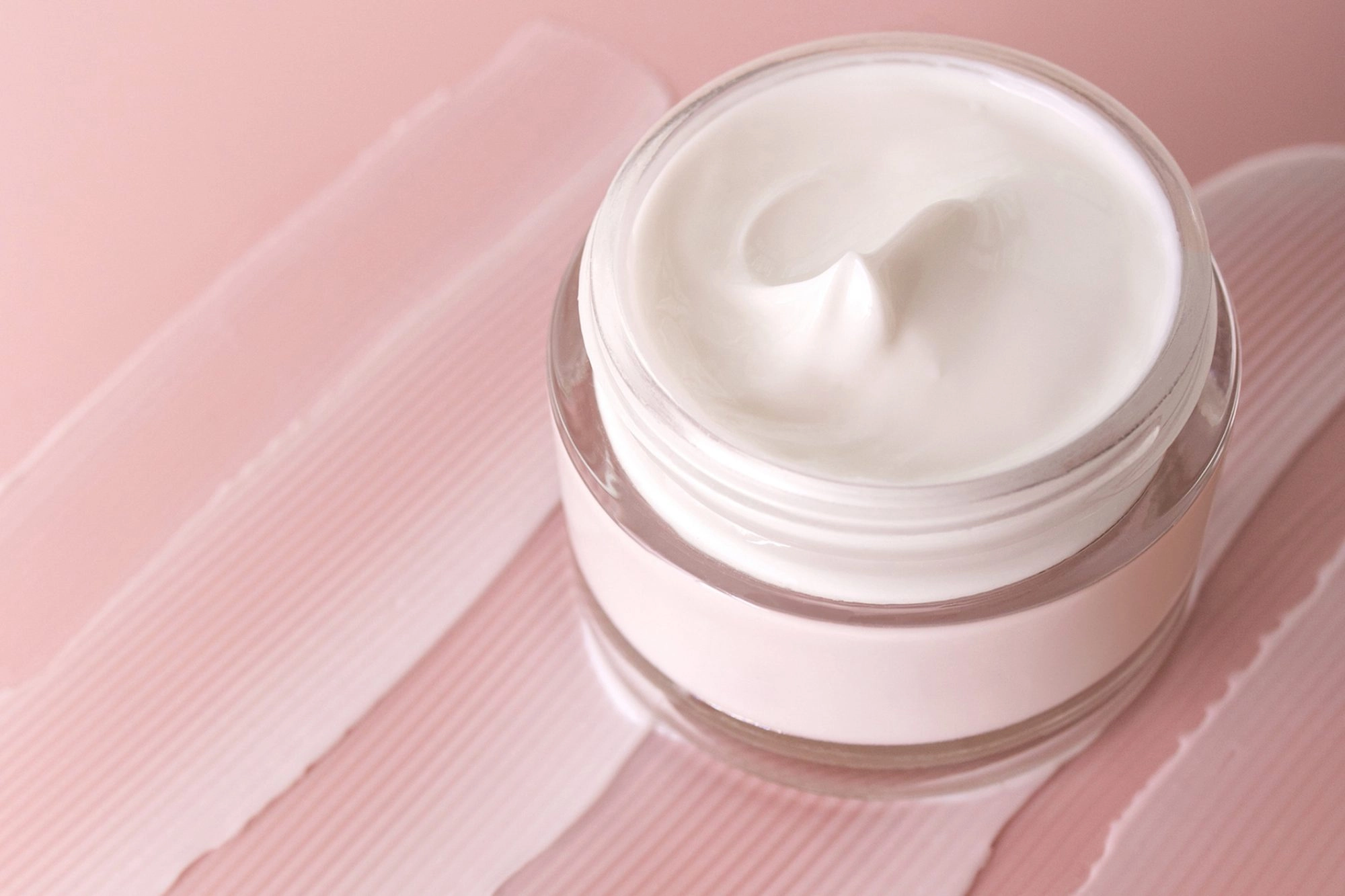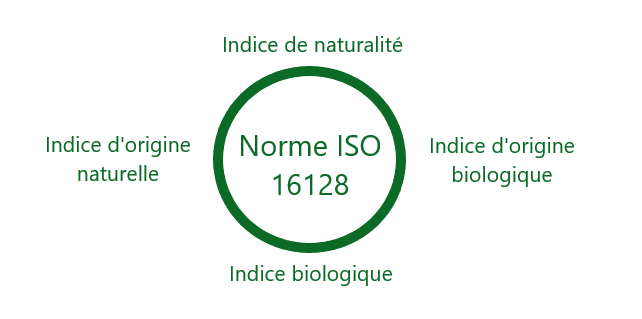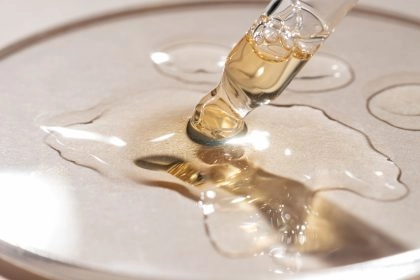Produits cosmétiques naturels et biologiques : quel encadrement ?
La demande grandissante en cosmétiques naturels et biologiques a mené à la multiplication de ce type de produits, avec une forte sollicitation des fabricants et des fournisseurs afin d’aller vers plus de naturalité. Produit bio et naturel, indice de naturalité, ingrédient biologique, pourcentage d’ingrédients d’origine naturelle, etc. Il n’est pas toujours facile de s’y retrouver, au milieu des labels et des arguments marketing.

Naturel, biologique et autres : quelques définitions
Dans la jungle des produits cosmétiques « green », il est nécessaire de connaître quelques définitions afin de savoir ce dont il est question. Un ingrédient naturel est issu d’une source végétale, animale ou minérale. Il peut avoir subi un processus physique (d’extraction par exemple, comme la distillation pour les huiles essentielles), mais pas un processus chimique, qui modifie la structure de la molécule. Dans ce cas, l’ingrédient est dit d’origine naturelle (en général la partie issue du naturel de la molécule doit dépasser 50 % pour pouvoir bénéficier de cette appellation). Un ingrédient biologique doit avoir été cultivé (ou élevé si d’origine animale) selon les principes de l’agriculture biologique. Un ingrédient biologique est forcément naturel, mais l’inverse n’est pas vrai ! De plus, l’eau et les ingrédients minéraux ne sont pas considérés biologiques (mais naturels). Un ingrédient d’origine biologique a été modifié selon les mêmes procédés qu’un ingrédient d’origine naturelle, à partir d’un ingrédient biologique.
En France, un produit cosmétique peut se revendiquer naturel ou d’origine naturelle s’il contient respectivement au moins 95 % d’ingrédients naturels ou d’ingrédients d’origine naturelle, selon l’ARPP (Autorité de Régulation Professionnelle de la Publicité). Ce pourcentage se calcule à partir de l’indice de naturalité ou d’origine naturelle des ingrédients, pondéré par leur concentration dans le produit fini. Toujours selon l’ARPP, un produit cosmétique peut se revendiquer biologique s’il a été certifié par un organisme agréé, s’il contient 100 % d’ingrédients biologiques ou s’il a été élaboré selon un cahier des charges aussi exigeant que ceux utilisés par les organismes certificateurs. Le calcul du pourcentage d’ingrédient d’origine naturelle n’étant initialement pas encadré, le manque d’harmonisation conduisait à des incohérences. C’est pourquoi une norme ISO cosmétique, spécifique à la problématique des produits naturels et biologiques, a été publiée récemment.
La norme ISO 16128 : un cadre international
Afin de donner un cadre plus précis aux produits cosmétiques naturels et biologiques, les industriels de la cosmétique du monde entier, des universitaires et des ONG ont travaillé à l’établissement d’une norme ISO : c’est la norme ISO 16128 « Lignes directrices relatives aux définitions techniques et aux critères applicables aux ingrédients et produits cosmétiques naturels et biologiques ». Sa première partie, publiée en 2016, introduit les définitions des 4 types d’ingrédients précédemment cités. La deuxième partie, publiée en 2017, détaille le calcul des différents indices associés aux catégories d’ingrédients (Illustration). La détermination de ces indices, qui incombe au fournisseur d’ingrédients, permet ainsi le calcul du contenu en ingrédients naturels, dérivés naturels, biologiques ou dérivés biologiques du produit fini. Un logiciel de formulation bien conçu et bien complété affiche un calcul en temps réel pendant le développement produit.
Les indices des ingrédients selon la norme ISO 16128

La norme ISO 16128 n’est pas une norme imposée. Elle vise à déterminer une terminologie commune à tous les acteurs concernés, et donne ainsi une base de travail harmonisée. En effet, avant sa publication, chaque fournisseur d’ingrédients pouvait avoir son propre mode de calcul des indices de naturalité, ce qui compliquait le calcul final sur le produit fini. Attention, si se conformer à cette norme n’est pas obligatoire, elle peut servir de référentiel aux autorités de contrôle (ce qui est le cas en France par exemple). Elle pourra également servir de base à la Commission européenne pour des travaux ultérieurs sur les produits cosmétiques naturels ou biologiques. La norme ISO 16128 n’a donc pas vocation à interdire des ingrédients dans un produit cosmétique naturel ou à déterminer les allégations associées. Ces exigences supplémentaires sont plutôt du ressort des labels et des certifications.
Produit bio et naturel : les labels et les certifications cosmétiques
Les produits cosmétiques bio n’étant encadrés par aucune réglementation, il existe plusieurs labels, qui possèdent chacun leur référentiel ou standard. Certains labels privés ne nécessitent pas de certification par un organisme agréé, au contraire des plus connus en Europe, Cosmos et Natrue. Cosmos est un référentiel créé par Cosmebio, Ecocert, le BDIH, l’ICEA et la Soil Association, afin de définir un référentiel harmonisé européen. Pour afficher un label, il est ainsi nécessaire de se conformer à son cahier des charges, qui détermine les ingrédients autorisés ou noms, les procédés de fabrication autorisés ou non, les pourcentages minimaux d’ingrédients naturels / biologiques ou encore les exigences liées aux allégations ou aux emballages (Encadré). Le site du référentiel Cosmos propose de nombreux documents pour aider les fabricants, en plus du cahier des charges. Il établit cinq catégories d’ingrédients, qui sont essentielles pour le calcul Cosmos. En effet, le cahier des charges impose un minimum de 20 % d’ingrédients biologiques (sauf pour certains produits, pour lesquels le minimum est de 10 %) pour être certifié Cosmos organic. Il existe également un label Cosmos natural, pour les produits ne pouvant pas atteindre ce minimum. Les ingrédients peuvent également être labellisés Cosmos (Cosmos certified ou Cosmos Approved).
Le cas des conservateurs
Les conservateurs sont toujours un vaste sujet de débat en cosmétique, malgré leur nécessité, et les produits cosmétiques naturels et biologiques n’échappent pas à la règle. Si n’importe quel conservateur autorisé par le Règlement (CE) n°1223/2009 peut être utilisé dans un produit cosmétique naturel non labellisé / certifié, ce n’est pas le cas pour les produits naturels ou biologiques certifiés, qui doivent donc respecter le standard adéquat. Dans le cas des cosmétiques biologiques, seuls cinq substances et leurs dérivés (sels) sont autorisés : l’acide sorbique, l’acide benzoïque, l’acide déhydroacétique, l’acide benzylique, l’acide salicylique. Ces conservateurs sont à l’origine des identiques naturel : la molécule de base existe dans la nature (par exemple l’acide sorbique qui est présent dans les baies immatures de sorbier), mais elle est produite par synthèse pour des raisons de rendement. Ce n’est pas vraiment, à proprement parlé, un conservateur cosmétique naturel, mais c’est ce qui s’en rapproche le plus.
Afin de pouvoir afficher le label Cosmos, le produit doit être certifié par un organisme agréé : Bureau Véritas, Ecocert ou Cosmecert en France par exemple. La certification assure que non seulement le produit, mais aussi l’étiquetage, la communication, l’emballage, la fabrication ou encore la gestion environnementale du cycle de vie sont conformes au référentiel. Tout changement doit être discuté avec l’organisme certificateur, et un audit annuel est requis. D’autres labels, comme Natrue ou Cosmébio, peuvent aller plus loin que le cahier des charges Cosmos.
Conclusion
Avec l’expansion du marché des cosmétiques naturels et bio, il n’est pas toujours facile de s’y retrouver pour le consommateur. La publication d’une norme ISO encadrant ces produits, et l’exigence des certifications lui permettent de mieux choisir. Cependant, il semble qu’il y a encore des progrès à faire : lors de la saison 2019, sur les manquements relevés par la DGCCRF, 40 % concernent les allégations naturel et bio. Ces contrôles se poursuivent pendant l’année 2020, preuve que ce secteur est sous étroite surveillance.
Plus ressources qui pourraient vous plaire





